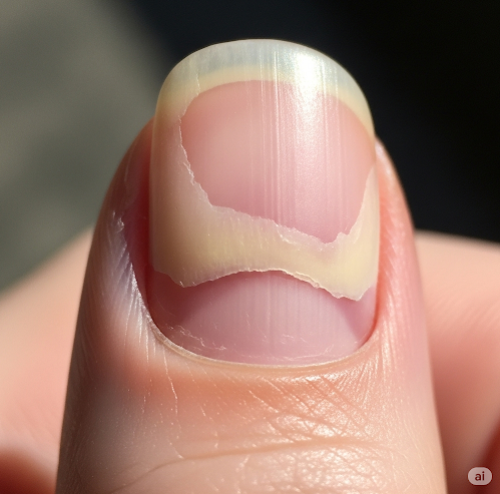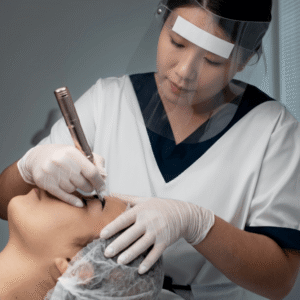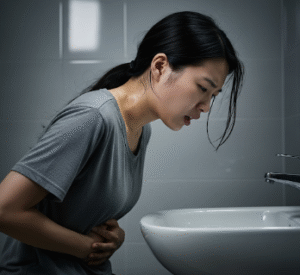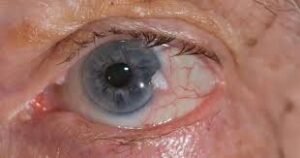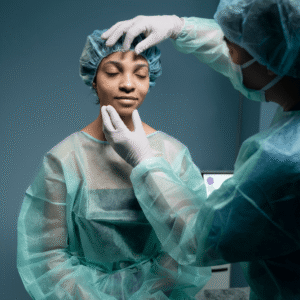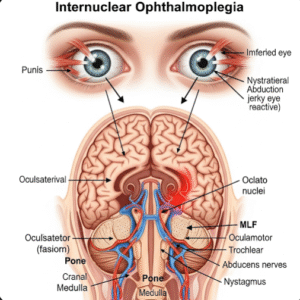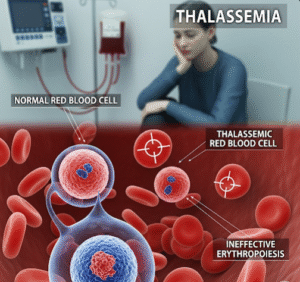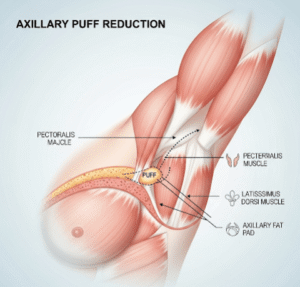Overview
Onycholysis is a condition in which the nail separates from the nail bed, usually starting at the tip and progressing toward the base. It can affect fingernails or toenails and may be caused by trauma, infection, systemic illness, or chemical exposure. While typically painless in early stages, onycholysis can lead to discomfort, secondary infections, and cosmetic concerns if left untreated. Identifying and addressing the underlying cause is essential for effective treatment and nail regrowth.
What is Onycholysis?
Onycholysis refers to the detachment of the nail plate from the underlying nail bed. It can occur suddenly or gradually and often presents as a white, yellow, or greenish discoloration beneath the nail due to trapped air or debris. The condition is not a disease in itself but a symptom or result of other underlying issues. In many cases, onycholysis is reversible with proper care and treatment.
Symptoms
The symptoms of onycholysis may include:
- A visible gap or separation between the nail and the nail bed
- White or yellow discoloration under the detached part of the nail
- Thickened, brittle, or crumbling nails
- Mild discomfort or tenderness in some cases
- Debris buildup or foul odor (if infection is present)
- Possible secondary infection with pain, redness, or swelling
Causes
Onycholysis can result from a variety of causes, which are typically grouped into the following categories:
1. Mechanical or physical trauma:
- Repeated tapping, pressure, or injury to the nail
- Excessive use of manicures, artificial nails, or aggressive filing
- Tight footwear that impacts toenails
2. Dermatologic conditions:
- Psoriasis
- Eczema (atopic dermatitis)
- Lichen planus
3. Infections:
- Fungal infections (onychomycosis)
- Yeast or bacterial infections, especially under moist or unclean nails
4. Systemic illnesses or medications:
- Thyroid disorders (especially hyperthyroidism)
- Iron deficiency anemia
- Autoimmune conditions
- Certain medications like chemotherapy or tetracyclines
5. Chemical exposure:
- Harsh detergents, solvents, or chemicals that irritate the nail bed
Risk Factors
Risk factors that may increase the likelihood of developing onycholysis include:
- Occupations involving frequent hand use or water exposure
- Wearing tight shoes or high heels
- Chronic skin conditions
- Nail biting or picking habits
- Poor nail hygiene or excessive salon treatments
- Use of nail products with strong chemicals or adhesives
Complications
If not managed properly, onycholysis can lead to:
- Secondary fungal or bacterial infections
- Permanent nail deformity or discoloration
- Pain and tenderness
- Social or cosmetic concerns
- Delayed nail regrowth
Prevention
Preventive measures can significantly reduce the risk of onycholysis:
- Keep nails clean, dry, and trimmed
- Avoid harsh nail products or excessive manicures
- Wear protective gloves when using cleaning chemicals or doing wet work
- Avoid trauma to the nails by wearing proper footwear and avoiding nail picking
- Treat underlying skin or systemic conditions promptly
- Use antifungal powders or sprays if prone to infections
Treatment Options in Korea
South Korea offers advanced dermatologic care, including diagnosis and treatment for nail disorders like onycholysis. Treatment depends on the underlying cause and may include:
- Discontinuing irritants or trauma to allow natural nail regrowth
- Topical antifungal or antibacterial medications for infections
- Oral antifungal therapy for severe or persistent fungal cases
- Steroid creams or systemic therapy for psoriasis or eczema-related cases
- Laser therapy or nail debridement in specialized clinics
- Treatment of systemic conditions such as thyroid disease or nutritional deficiencies
Dermatology clinics and hospitals in Korea, such as Yonsei Severance Dermatology Center, Seoul National University Hospital, and Gangnam Severance Clinic, offer expert care with modern diagnostic tools, nail imaging, and individualized treatment plans.

